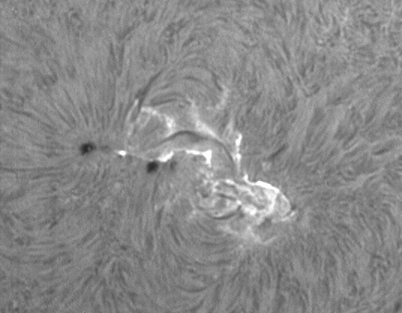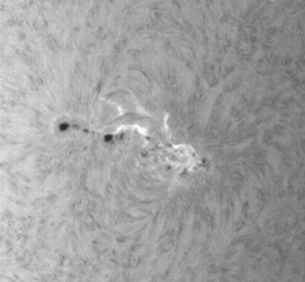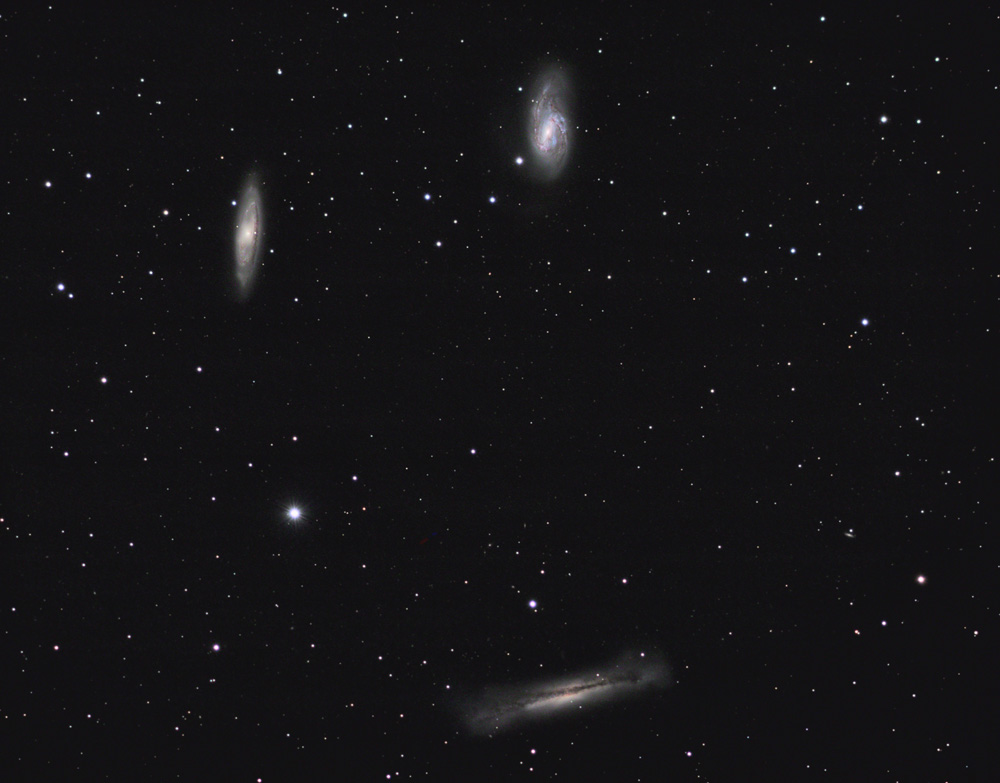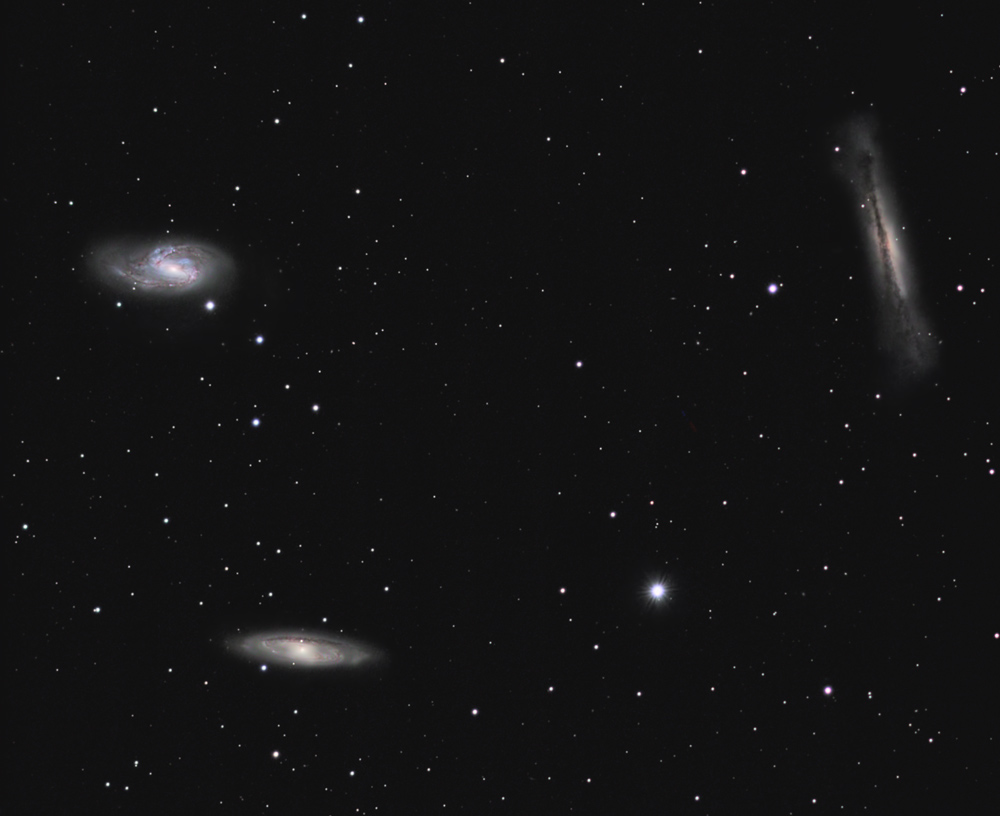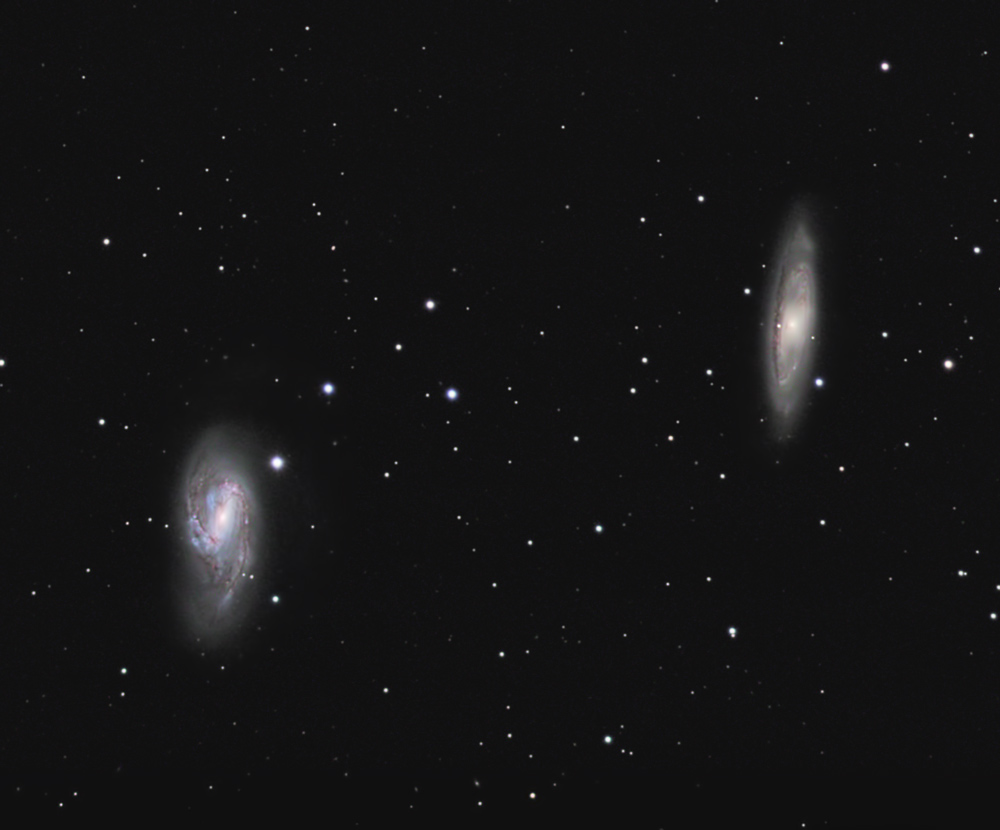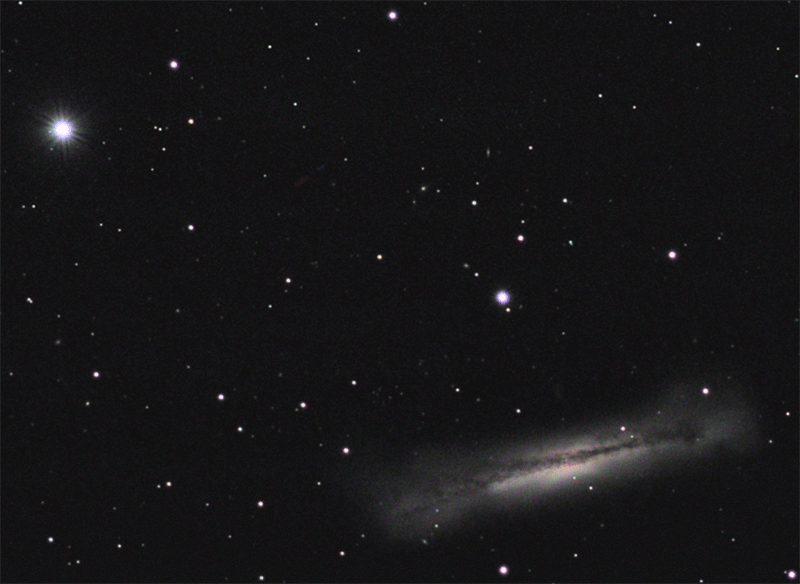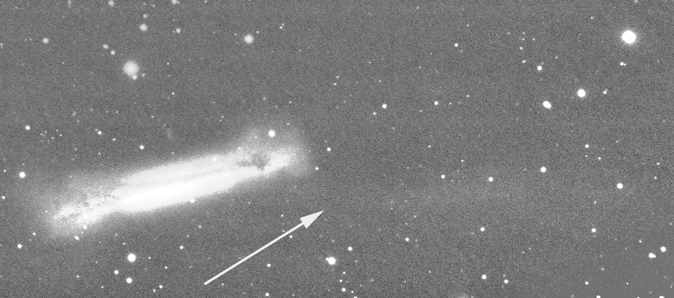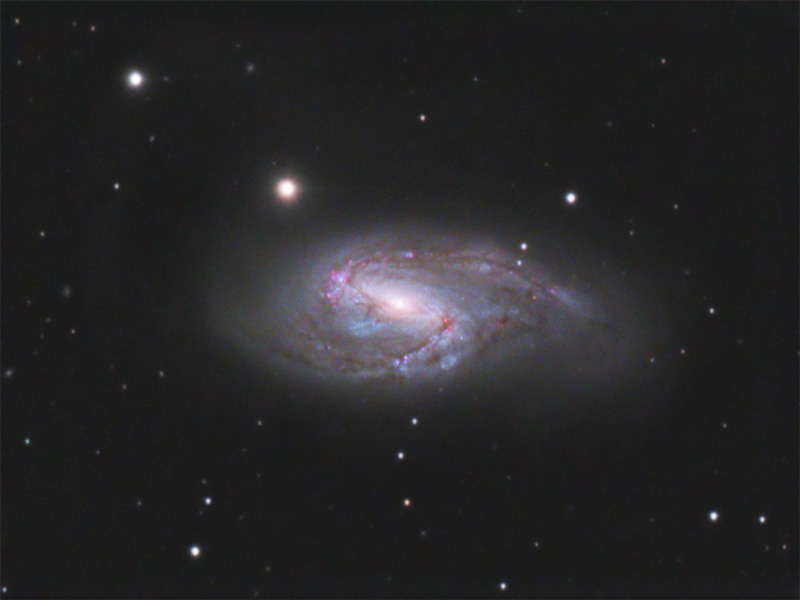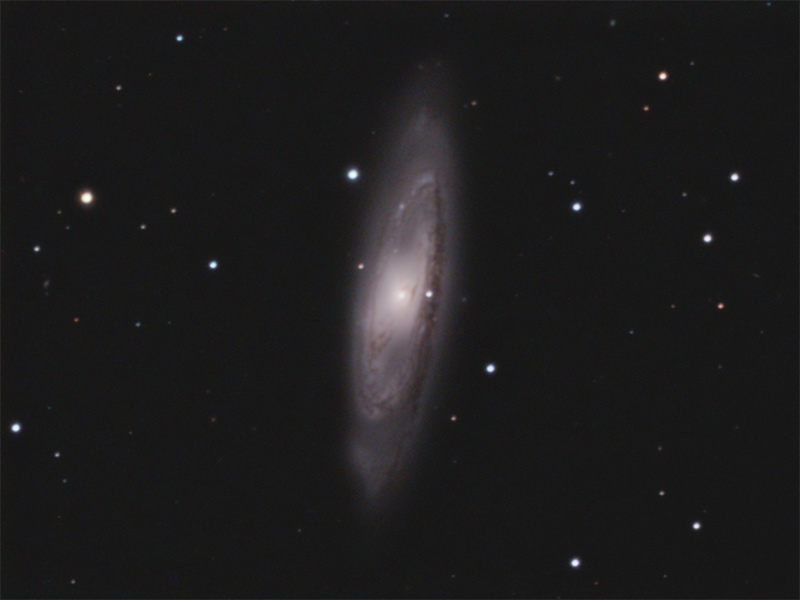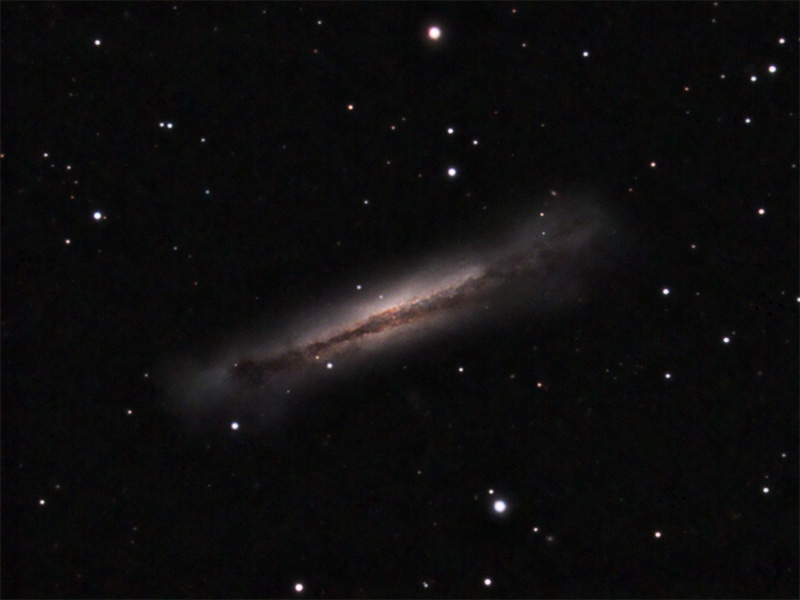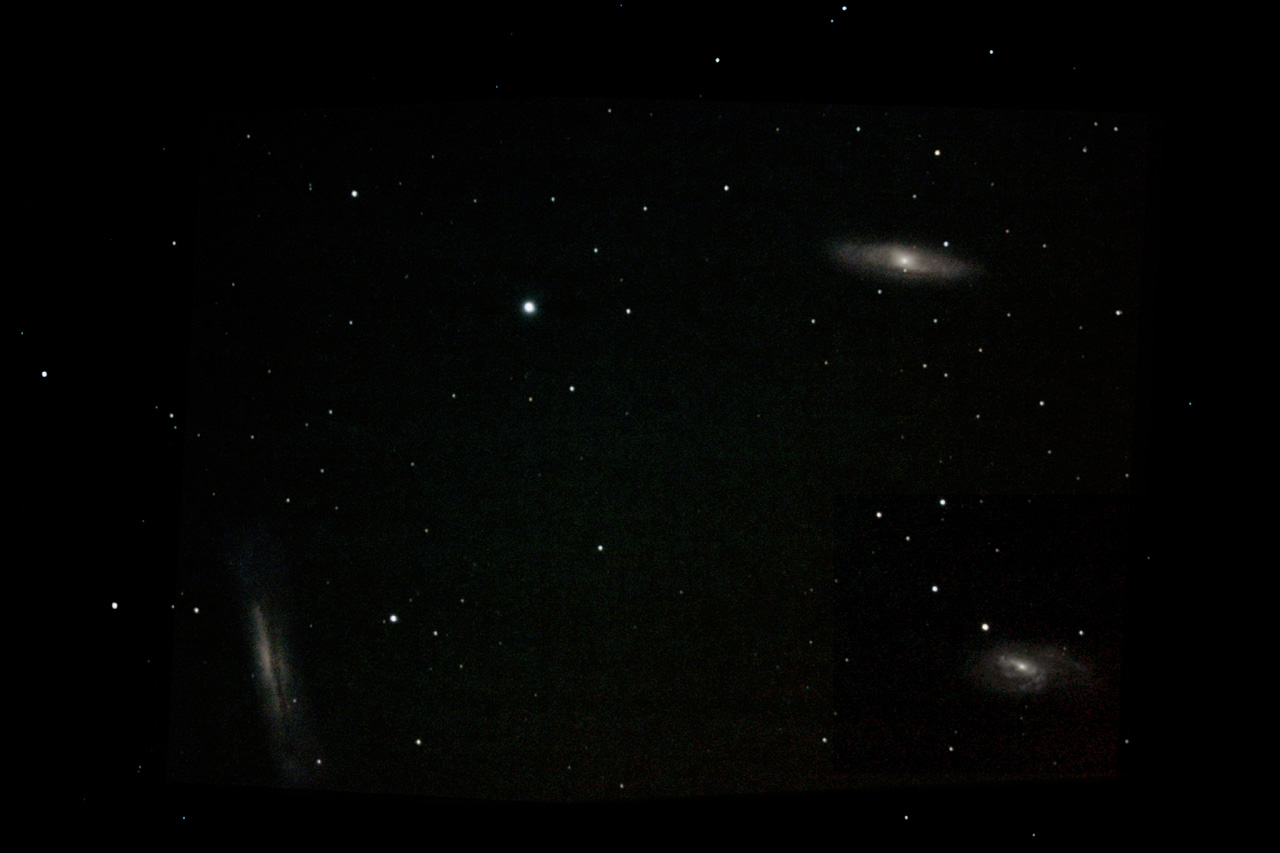at its peak, there are frequent sunspots, flares, etc. while at minimum, not much is happening which is good for astronauts and satellites, not so good for aurora watchers and solar imagers. interestingly the cycle was discovered in 1843 and then traced back to the earliest observations of sunspots by galileo. we're now approaching solar minimum (2019).
Here's an image of the sun from 8/25/18
 |
| Sun Ha 8/25/2018 with reverse polarity sunspot AR 2720 |
though difficult to detect in this hydrogen alpha image, there are pairs of small sunspots in the bright patches towards the bottom of the image. AR 2720 to the left and AR 2719 to the right.
the left hand pair (AR 2720) was noted to have reverse polarity and thought to be a harbinger of the next solar cycle. However, subsequent analysis suggests that the pair were not part of the new cycle, based on their position on the solar surface.
interestingly, the folks who study this closely are ham radio operators, as solar activity blanks out their radios.
Image details:
Ha full disk Lunt 60 PT/50 DS double stacked
zwo ASI 174MM
1.194 ms exposure
gain 223
15 frames captured
8/25/18 21:50 UT
adding an IR/UV blocking filter did not seem to have much effect (was wondering if there's some leakage)
this was also first light for a new camera which allows full disk imaging of the sun with my Ha scope. unfortunately the frame rate was less than i'd hoped for, so still working on this...new USB cable and checking high speed seems to have helped
